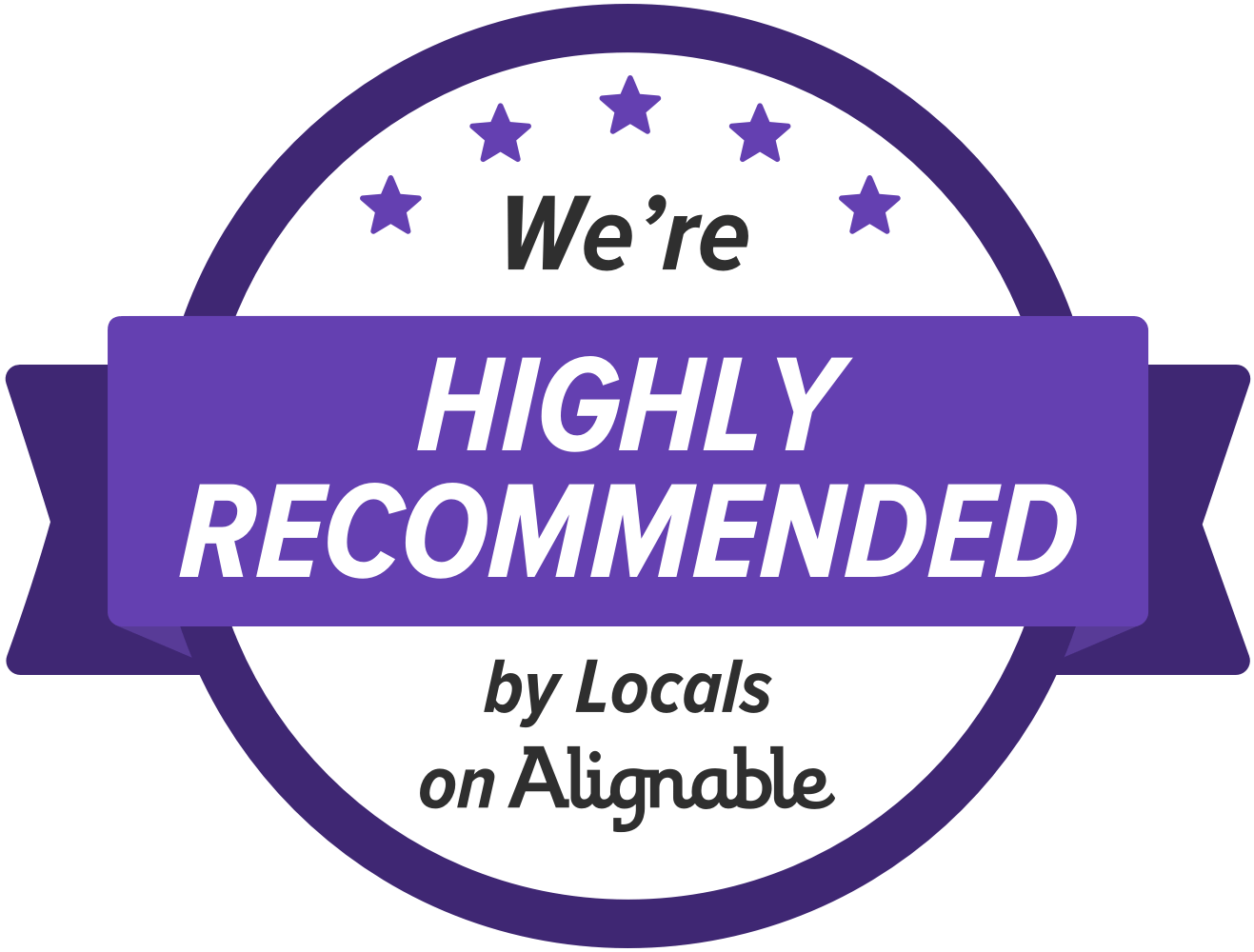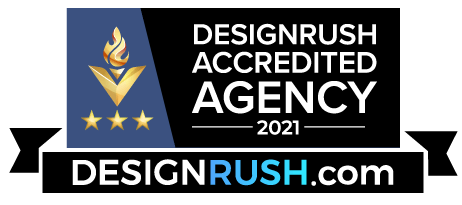Mastering Search Engine Marketing: Your Guide to Boosting Online Presence
Are you struggling to increase your online visibility and reach your target audience? Look no further than the power of search engine marketing. In this comprehensive guide, we will unravel the secrets of search engine marketing and provide you with the tools and techniques to boost your online presence.
Search engine marketing encompasses various strategies, including search engine optimization (SEO) and pay-per-click (PPC) advertising, to drive targeted traffic to your website. By understanding how search engines work and optimizing your website accordingly, you can improve your search engine rankings and attract more organic traffic.
In this guide, we will take you through the fundamentals of search engine marketing, from keyword research and on-page optimization to link building and content marketing. We will also delve into the world of PPC advertising, showing you how to create effective campaigns that deliver results.
Whether you are a small business owner, a marketer, or an entrepreneur, this guide will equip you with the knowledge and tools to boost your online presence and attract more customers. Get ready to unravel the power of search engine marketing and take your online business to new heights.
Key Takeaways
1.Search Engine Marketing (SEM) Fundamentals
- SEM combines SEO and PPC strategies to drive targeted traffic to your site.
- Understanding search engine algorithms and optimizing accordingly improves visibility
2. SEO Essentials
- On-page SEO focuses on optimizing elements like content, titles, and internal linking.
- Off-page SEO involves building authority through backlinks and social engagement.
3. Importance of Keyword Research
- Identify high-value, relevant keywords to align content with user intent.
- Utilize tools like Google Keyword Planner for insights into search volume and competition.
4. On-Page & Off-Page Optimization
- Optimize titles, meta descriptions, and images for better rankings and usability.
- Build quality backlinks and leverage social media for authority and engagement.
5. Power of Content Marketing
- High-quality, diverse content (blogs, videos, infographics) drives engagement and SEO success.
- Balance user-focused content with strategic keyword integration.
6. PPC Advertising
- Offers immediate visibility by targeting specific keywords through paid ads.
- Requires ongoing monitoring and optimization for cost-effective results.
7. Tracking and Measuring Success
- Use analytics tools like Google Analytics to track traffic, conversions, and campaign performance.
- Key metrics include keyword rankings, click-through rates, and conversion rates.
8. Common Mistakes to Avoid
- Neglecting keyword research, mobile optimization, and ongoing campaign updates can hinder success.
- Prioritize a strategic and adaptive approach to SEM.

Understanding Search Engine Optimization (SEO)
Search Engine Optimization, commonly referred to as SEO, is the practice of enhancing your website's visibility in search engine results pages (SERPs). This process is crucial for any online business aiming to attract organic traffic. SEO involves a multitude of strategies and techniques designed to improve your website's ranking for relevant keywords. By optimizing various elements of your site, you can ensure that search engines recognize your content as valuable, thus boosting your chances of appearing at the top of search results. Understanding the fundamentals of SEO is the first step toward building a robust online presence.
At its core, SEO involves two primary components: on-page SEO and off-page SEO. On-page SEO refers to the practices you apply directly on your website, such as optimizing content, improving site structure, and ensuring mobile-friendliness. Conversely, off-page SEO focuses on external factors that influence your site's authority, such as backlinks from reputable sites and social media engagement. Mastering both aspects is essential for a well-rounded search engine marketing strategy, as they complement each other in enhancing your site's visibility.
The ever-evolving nature of search engine algorithms means that SEO is not a one-time effort but an ongoing process. Staying updated with the latest trends, algorithm changes, and best practices is vital for maintaining your site's ranking. By regularly assessing your SEO strategy and making necessary adjustments, you can keep your online presence strong and competitive in the search landscape. Understanding the intricacies of SEO is fundamental for any business looking to thrive in the digital age.
Check out this page from ahrefs to get a better understanding of Google's Algorithm.
The Importance of Keyword Research
Keyword research is the backbone of any successful SEO strategy. It involves identifying the terms and phrases that potential customers use when searching for products or services similar to yours. By understanding which keywords are relevant to your business, you can optimize your content to match user intent, thereby increasing the likelihood of attracting targeted traffic. Effective keyword research not only helps you understand your audience better but also enables you to stay ahead of your competitors.
To conduct thorough keyword research, utilize various tools such as
Google Keyword Planner,
SEMrush,
Ahrefs, or
Ubersuggest
(which is a great tool by Neal Patel's company and often used here by Easy-Click Web Design). These tools can provide insights into search volume, competition levels, and related keywords. Look for long-tail keywords, which are typically less competitive and more specific, allowing you to target niche audiences effectively. By focusing on these keywords, you can create content that resonates with users, driving more qualified traffic to your site.
In addition to identifying keywords, it's essential to analyze the intent behind them. Understanding whether users are looking for information, products, or services can help you tailor your content accordingly. By aligning your content with user intent, you can enhance user experience and improve your chances of converting visitors into customers. Keyword research is not merely about finding popular terms; it’s about strategically incorporating them into your content to fulfill the needs of your audience.
On-Page Optimization Techniques
On-page optimization is critical for ensuring that your website is structured to be easily understood by search engines and users alike. This involves optimizing various elements of your site, including title tags, meta descriptions, header tags, and
content. Each of these elements plays a significant role in informing search engines about the relevance and quality of your content. For instance, a well-crafted title tag should include your primary keyword while accurately describing the page’s content. This not only aids in SEO but also encourages users to click through to your site.
Another crucial aspect of on-page optimization is the use of internal linking. By linking to other relevant pages within your website, you help search engines understand the structure of your site and the relationship between various pieces of content. Internal links also enhance user experience by guiding visitors to related articles or products, keeping them engaged for longer periods. Furthermore, ensuring that your URLs are clean and descriptive can improve both SEO and user experience, making it easier for users to navigate your site.
Additionally, optimizing images is often an overlooked component of on-page SEO. Properly named image files and alt text not only improve accessibility but also provide additional opportunities for keyword optimization. Search engines can’t interpret images in the same way they do text, so using descriptive alt tags helps them understand the context of your visuals. By implementing these on-page optimization techniques, you create a more user-friendly website while enhancing its visibility in search engine results. Get started with your
SEO and on-page optimization today with the help from Easy-Click Web Design.
Off-Page Optimization Strategies
Off-page optimization refers to all the activities that take place outside your website but still impact your search engine rankings. While on-page SEO focuses on optimizing elements within your site, off-page SEO builds the authority and credibility of your website through external efforts. One of the most significant factors in off-page optimization is link building, which involves acquiring backlinks from other reputable sites. Quality backlinks act as endorsements, signaling to search engines that your content is valuable and trustworthy.
Building a diverse backlink profile requires a strategic approach. Guest blogging, partnerships, and collaborations with other websites can be effective methods to gain backlinks. Additionally, creating shareable content, such as infographics or research studies, can attract natural backlinks as others reference your work. It’s essential to focus on the quality of backlinks rather than quantity; links from high-authority domains carry more weight in boosting your search engine rankings.
Social media engagement also plays a vital role in off-page optimization. While social signals do not directly influence rankings, having a strong social media presence can drive traffic to your site and increase brand awareness. Engaging with your audience on platforms like Facebook, Twitter, and Instagram can lead to more shares and interactions, further amplifying your reach. Off-page optimization is about creating a holistic online presence that enhances your website's authority and visibility, ultimately leading to improved search rankings.
The Role of Content Marketing in search engine marketing
Content marketing is an integral component of search engine marketing, as it directly influences both SEO and user engagement. High-quality content not only attracts visitors but also encourages them to spend more time on your site, reducing bounce rates and improving overall user experience. Search engines prioritize websites that provide valuable content, making it essential to develop a robust content strategy that aligns with your SEO goals. Engaging, informative, and well-structured content can set you apart from competitors and position your brand as an authority in your industry.
Creating a diverse content mix is crucial for appealing to various audience segments. This can include blog posts, videos, infographics, podcasts, and more. Each type of content serves a unique purpose and can target different stages of the customer journey. For instance, informative blog posts can attract users in the awareness stage, while product videos may cater to those in the consideration stage. By addressing the needs and preferences of your audience, you can enhance engagement and drive conversions.
Furthermore, incorporating keywords naturally into your content is vital for optimizing it for search engines. However, it’s essential to strike a balance between SEO and user experience. Content should be written primarily for your audience, with keywords seamlessly integrated to maintain readability. Overstuffing content with keywords can lead to poor user experience and may be penalized by search engines. By prioritizing quality content that resonates with your audience, you can effectively leverage content marketing as a powerful tool in your search engine marketing strategy.
Pay-Per-Click (PPC) Advertising and search engine marketing
Pay-Per-Click (PPC) advertising is a powerful complement to organic search engine marketing efforts. Unlike SEO, which focuses on organic traffic growth, PPC allows businesses to gain immediate visibility on search engines through paid ads. By bidding on specific keywords, you can place your ads at the top of search results, reaching potential customers at the precise moment they are searching for products or services. This immediate exposure can significantly boost traffic and conversions, making PPC a valuable component of a comprehensive search engine marketing strategy.
When setting up a PPC campaign, it’s essential to conduct thorough keyword research to identify the most relevant and cost-effective keywords. Utilizing tools like Google Ads can help you analyze competition, search volume, and potential return on investment (ROI). Crafting compelling ad copy that highlights unique selling points, offers, or promotions can further enhance click-through rates. Additionally, targeting specific demographics and locations allows you to reach your ideal audience, maximizing the effectiveness of your campaigns.
Monitoring and optimizing your PPC campaigns is crucial for achieving desired results. Regularly assessing key performance indicators (KPIs) such as click-through rates, conversion rates, and cost per acquisition will help you identify areas for improvement. A/B testing different ad variations can provide insights into what resonates best with your audience, allowing you to refine your approach for better performance. By integrating PPC advertising into your overall search engine marketing strategy, you can achieve a balanced approach that drives both immediate and long-term results.
Click here to visit Easy-Click pricing plans for Google Ads for Small Businesses.
Measuring and Tracking search engine marketing Success
Measuring and tracking the success of your search engine marketing efforts is essential for understanding what works and what doesn’t. Implementing analytics tools such as Google Analytics, Ubersuggest or SEMrush can provide valuable insights into user behavior, traffic sources, and conversion rates. By analyzing data regularly, you can identify trends and patterns, allowing you to make informed decisions regarding your SEO and PPC strategies. Understanding which keywords, content, or campaigns drive the most traffic can help you allocate resources effectively and optimize your efforts for maximum impact.
Key performance indicators (KPIs) are critical metrics to focus on when tracking search engine marketing success. For SEO, metrics such as organic traffic, bounce rate, and keyword rankings can provide insights into the effectiveness of your optimization efforts. For PPC, metrics like click-through rates, cost per click, and conversion rates are vital for assessing the performance of your ads. By establishing clear goals and benchmarks, you can measure your progress and adjust your strategies accordingly.
Additionally, utilizing conversion tracking can help you understand the return on investment from your search engine marketing efforts. By setting up goals in your analytics tool, you can track specific actions users take on your site, such as completing a purchase or signing up for a newsletter. This data not only helps you gauge the effectiveness of your campaigns but also allows you to refine your targeting and optimize your budget allocation. Measuring and tracking your search engine marketing success is crucial for continuous improvement and long-term growth.
Common search engine marketing Mistakes to Avoid
While search engine marketing can be incredibly effective, many businesses fall victim to common mistakes that hinder their success. One of the most prevalent errors is neglecting keyword research. Failing to identify and target the right keywords can lead to wasted resources and missed opportunities for attracting relevant traffic. It’s essential to invest time in thorough keyword research and ensure that your content aligns with user intent. Ignoring this crucial step can result in low visibility and poor conversion rates.
Another common mistake is overlooking the importance of mobile optimization. With an increasing number of users accessing the internet through mobile devices, having a mobile-friendly website is no longer optional. Search engines prioritize mobile-optimized sites in their rankings, and a poor mobile experience can result in high bounce rates. Ensuring that your site is responsive and provides a seamless experience across all devices is essential for retaining visitors and improving search rankings.
Additionally, many businesses underestimate the significance of ongoing optimization. search engine marketing is not a set-it-and-forget-it endeavor; it requires continuous assessment and adjustment. Regularly updating your content, monitoring performance metrics, and adapting to algorithm changes are vital for maintaining a competitive edge. By avoiding these common search engine marketing mistakes, you can enhance your online presence and achieve better results from your efforts.
Conclusion: Harnessing the Power of search engine marketing
In conclusion, search engine marketing is a powerful tool for businesses looking to enhance their online presence and attract targeted traffic. By understanding the fundamentals of SEO, conducting thorough keyword research, and implementing effective on-page and off-page optimization strategies, you can significantly improve your website's visibility in search engine results. Additionally, leveraging content marketing and Pay-Per-Click advertising can further amplify your reach and drive conversions.
Measuring and tracking your search engine marketing efforts is crucial for continuous improvement. By analyzing data and adjusting your strategies based on performance metrics, you can optimize your campaigns for maximum effectiveness. Avoiding common mistakes, such as neglecting mobile optimization and keyword research, will help you stay ahead of the competition and achieve your marketing goals.
Ultimately, harnessing the power of search engine marketing requires a strategic approach and a commitment to ongoing optimization. By equipping yourself with the knowledge and tools outlined in this guide, you can take your online business to new heights. Embrace the potential of search engine marketing, and watch as your online presence flourishes, attracting more customers and driving growth for your business. Visit
Easy-Click Web Design, A Premiere Phoenix Website Design Agency today to get a list of
Digital Services to help your small business grow online.
Search Engine Marketing FAQs
What is search engine marketing (SEM)?
SEM is a digital marketing strategy that combines SEO and PPC advertising to increase website visibility in search engine results and drive targeted traffic.
How is SEO different from PPC?
SEO focuses on improving organic (unpaid) rankings through optimization techniques, while PPC involves paying for ad placement in search engine results.
Why is keyword research important?
Keyword research identifies terms your target audience uses to find content, helping you align your site with user intent and improve visibility.
How do I optimize my site for mobile users?
Ensure your site is responsive, loads quickly, and offers a seamless user experience across all devices. Mobile optimization is critical for rankings and user retention.
What tools can I use to track SEM performance?
Google Analytics, SEMrush, and Ahrefs are excellent tools for analyzing traffic, conversions, and keyword performance.
How often should I update my SEM strategy?
Regular updates are essential to keep pace with changing algorithms, competitor strategies, and evolving user behavior. Review your strategy at least quarterly.
What are long-tail keywords, and why are they important?
Long-tail keywords are specific, less competitive phrases that target niche audiences, often leading to higher conversion rates.
What makes a backlink valuable?
A backlink from a high-authority, relevant site carries more weight in improving your site's rankings compared to low-quality or irrelevant links.
How can PPC ads benefit my business?
PPC provides immediate exposure, allowing you to reach users actively searching for your offerings. It’s ideal for short-term traffic and conversions.
PPC provides immediate exposure, allowing you to reach users actively searching for your offerings. It’s ideal for short-term traffic and conversions.
Ignoring keyword research and mobile optimization are common pitfalls. These are critical for reaching the right audience and delivering a seamless experience.
Share
Ready to get started ?
Call us at 623.688.3741
All Rights Reserved | Easy-Click Web Design | JCT LLC | Terms of Service















